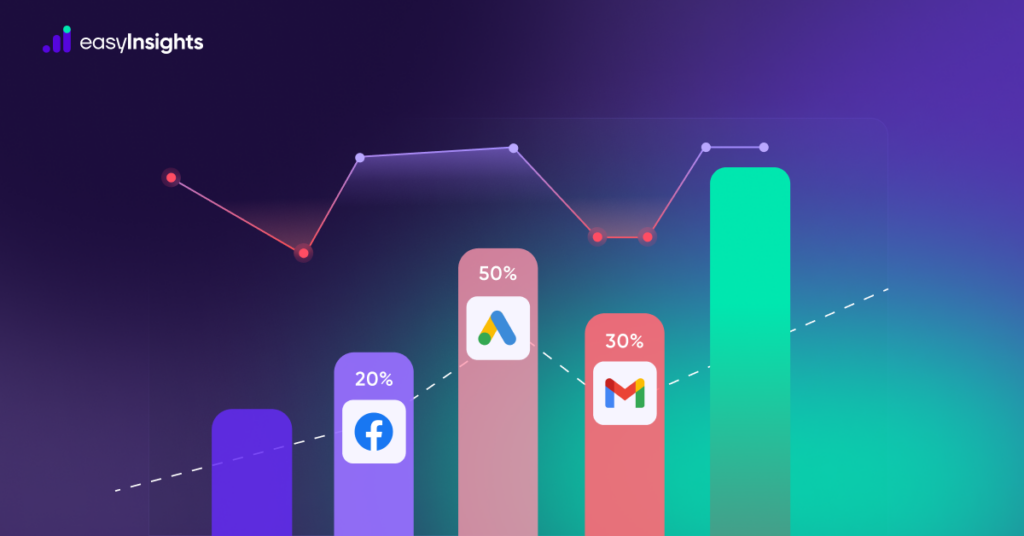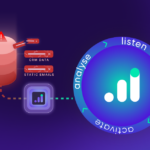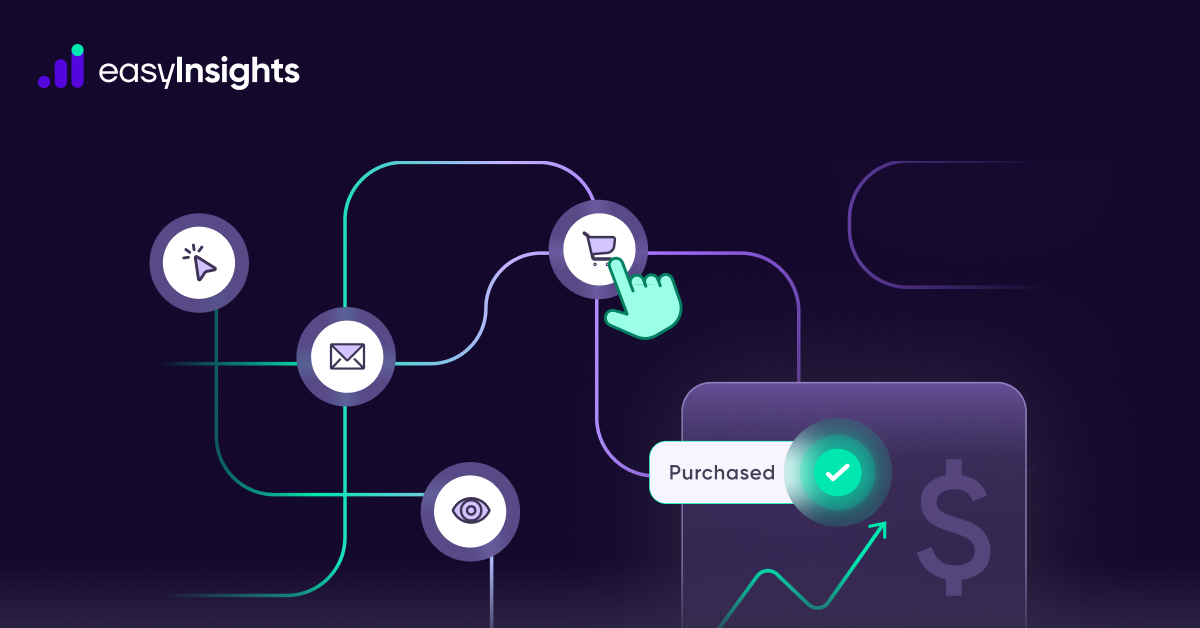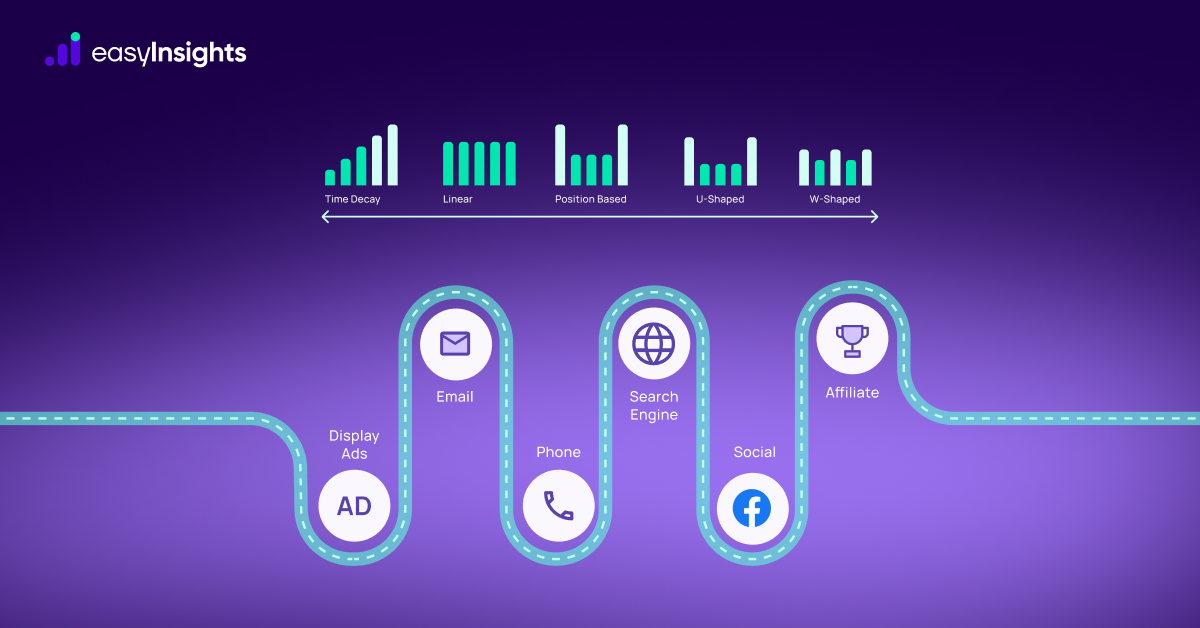
When it comes to advertising, the key is knowing exactly which ads are working. If you track your ads correctly and give credit to the right ones, you’ll have the right data. And when you have the right data, you can improve your ads, spend smarter, and get better returns on your investment.
The problem? Most people don’t track their ads properly. They end up with confusing or incorrect data, which makes it hard to know what’s actually driving sales. As a result, their ad campaigns underperform, no matter how much they spend.
Here’s why this happens: most people only look at traffic and conversions. While knowing conversions is useful, it doesn’t tell you which specific ad caused the sale. Without that insight, you might end up giving credit to the wrong ad – and that can lead to wasted money and missed opportunities.
To get it right, you need to track your ads at a more detailed level – knowing exactly which ad, campaign, or channel is generating real results. Only then can you make decisions that truly help your business grow.
In this blog, we’ll dive into how to track your ads effectively, avoid common attribution mistakes, and use the right data to optimize your campaigns for maximum ROI.
Jump ahead to:
Different Ad Attribution Models
When it comes to understanding which ads drive results, not all attribution models are created equal. Different ad attribution models assign credit in different ways – some give all the credit to the last ad a customer clicked before buying (last-click attribution), while others spread credit across every touchpoint a customer interacted with (multi-touch attribution).
There’s also first-click attribution, which rewards the ad that introduced the customer to your brand, and time-decay attribution, which gives more weight to recent interactions. Choosing the right model helps marketers understand which campaigns are really working, so they can optimize ad spend, improve ROI, and make smarter decisions based on accurate insights.
Understanding Different Ad Attribution Models
When you run ads, it’s important to know which ads are driving results. That’s where attribution models come in – they determine how credit is assigned to each ad along the customer’s journey.
First-Touch Attribution
This model gives credit to the very first interaction a person has with your ad, no matter when they convert. Think of it like meeting someone for the first time in real life – that first impression matters. For example, if a user first clicks your Google ad, then sees a retargeting ad on Facebook before finally signing up, the Google ad gets all the credit. First-touch is great for understanding which campaigns are bringing people into your funnel initially.
Last-Touch Attribution
On the flip side, last-touch attribution gives all the credit to the final interaction before the conversion. It’s simple and widely used, especially by platforms like Facebook. But it can be misleading – your customer may have seen multiple ads across different channels over weeks or months before converting. Last-touch only tells you who closed the deal, not who helped along the way.
Multi-Touch Attribution
Multi-touch attribution tries to solve this by spreading credit across every touchpoint in the journey. This gives a fuller picture of how your ads work together. But there’s a catch – giving credit to every interaction can sometimes overvalue weaker ads and make it harder to know which ones truly drive results. For businesses with long sales cycles or multiple active channels, this model can become messy, making it tough to decide what to scale, pause, or optimize.
Also Read: Understanding the Last-Click Attribution Model: Pros, Cons, and Best Practices
5 Common Attribution Mistakes
Even the best campaigns can fall short if your attribution strategy isn’t accurate. Many marketers unknowingly make small but costly attribution errors that skew performance data, misallocate budgets, and hide the real drivers of conversion.
To get a clear, data-backed view of what’s truly working, you first need to recognize where things go wrong. Here are five common marketing attribution mistakes that could be costing you conversions — and how to fix them.
1. Depending on One Attribution Model
One of the biggest marketing attribution mistakes brands make is depending solely on a single attribution model to measure performance. While attribution models help assign credit to different marketing touchpoints, relying on just one can distort your understanding of what’s truly driving conversions.
Each model – whether it’s first-touch, last-touch, or multi-touch attribution – offers a different perspective. The key is to test and compare models to find the one that aligns with your customer journey and sales cycle. A blended or data-driven approach often gives a more accurate view of channel performance and helps you make smarter budget decisions.
2. Overlooking Cross-Device and Cross-Channel Tracking
Another major marketing attribution error brands often make is ignoring how users interact across different devices and channels. A single customer might browse your product on mobile, add it to the cart on desktop, and finally purchase through an email link – but without cross-device and cross-channel tracking, that journey appears fragmented.
When you fail to connect these touchpoints, your attribution data becomes incomplete. You may overvalue one channel while missing the real drivers of conversion. Implementing a unified tracking setup helps you see the entire customer journey, ensuring every click, view, and interaction is accurately credited – and your insights truly reflect customer behavior.
3. Ignoring Assisted Conversions
One of the most overlooked marketing attribution mistakes is failing to recognize the value of assisted conversions. Not every touchpoint drives an immediate sale – some channels play a crucial role in influencing the buyer’s decision along the way.
An assisted conversion occurs when a marketing interaction helps move a customer closer to purchase, even if it’s not the final click. For instance, a customer might first discover your brand through a social media ad, explore your site later, and finally convert after receiving an email offer. Without tracking and crediting that first ad, you risk undervaluing a key part of your full customer journey.
By analyzing assisted conversions, marketers gain a more accurate view of channel performance and can invest smarter in touchpoints that genuinely shape buying decisions.
4. Overlooking Offline Conversions
A common marketing attribution mistake is ignoring the impact of offline conversions. While digital ads drive measurable results, offline touchpoints – like print ads, events, billboards, or even word-of-mouth – often influence a buyer’s decision long before they convert online.
These real-world interactions build awareness, trust, and intent, which later show up as online sales. When you don’t account for offline activity, you miss a crucial part of the customer journey and undervalue the true performance of your marketing efforts.
To get a complete picture, connect your online and offline data through CRM integrations, coupon codes, or post-purchase surveys. The closer your tracking gets to reality, the more accurate your attribution – and the better your marketing decisions.
5. Neglecting Ongoing Data Analysis and Optimization
One of the biggest marketing attribution mistakes is treating it as a one-time setup. Attribution isn’t static — it needs continuous analysis and adjustment to stay accurate. As consumer behavior and marketing channels evolve, so should your attribution strategy.
Relying on the same model for too long can distort your insights and hide emerging trends. For instance, a new social media campaign might start influencing conversions, but without regular analysis, you could easily overlook its impact.
Regularly reviewing and refining your attribution model ensures you’re capturing real performance shifts, allocating budget effectively, and making smarter, data-driven marketing decisions.
Also Read: How to Use Marketing Attribution and Optimize Your ROI
How To Fix These Attribution Problems
Fixing attribution challenges isn’t just about adding more tools – it’s about building a smarter, more connected data strategy. Here’s how to do it right:

- Set up accurate and consistent tracking:
Start by ensuring your pixels, UTMs, and conversion events are properly configured across all platforms – Meta, Google, YouTube, email, and beyond. This creates a single source of truth for your marketing performance. - Adopt a flexible attribution framework:
Instead of relying on a single model, experiment with multi-touch and data-driven attribution to understand how each channel contributes to conversions. Adjust your model as your sales cycle and customer behavior evolve. - Enable cross-device and cross-channel visibility:
Use integrated analytics tools or data connectors to track customers seamlessly across devices and channels. This eliminates blind spots and ensures you’re capturing every meaningful interaction. - Connect online and offline data sources:
Bridge the gap between digital and offline touchpoints using CRM integrations, unique discount codes, or post-purchase surveys. This provides a complete picture of your customer journey. - Review and optimize regularly:
Attribution accuracy improves with consistency. Monitor your data frequently, compare trends, and refine your models based on real-world performance shifts.
When your attribution strategy is unified, adaptive, and data-driven, you not only eliminate blind spots – you make every marketing rupee work harder.
How EasyInsights Helps You Get Attribution Right
EasyInsights simplifies the complexity of marketing attribution by bringing all your data – from Meta, Google, YouTube, CRM, and offline sources – into one unified view. It automatically cleans, maps, and connects your performance data, giving you a complete and accurate picture of your customer journey across every channel and device.
With advanced data connectors and customizable attribution models, EasyInsights helps marketers uncover what’s truly driving conversions, eliminate duplicate crediting, and make smarter, data-backed decisions.
EasyInsights empowers your team to move from guesswork to growth, ensuring every campaign gets the credit it deserves – and every marketing dollar works smarter.
Wrapping Up
Attribution isn’t just about assigning credit – it’s about understanding the full story behind every conversion. By avoiding common mistakes, adopting flexible models, and connecting data across platforms, you can turn fragmented insights into clear, actionable intelligence.
With tools like EasyInsights, marketers can finally see which channels truly drive impact, optimize spend with confidence, and unlock higher ROI through data-backed decisions.
Break your data silos — book a demo with EasyInsights today.








